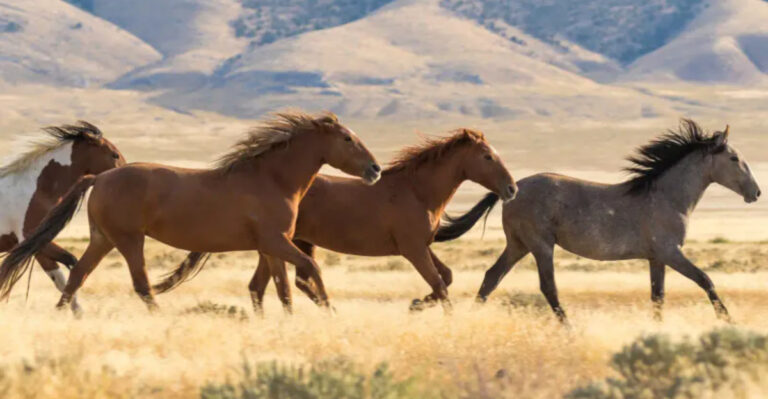Why There Seem To Be Fewer Butterflies Now Than When You Were A Kid
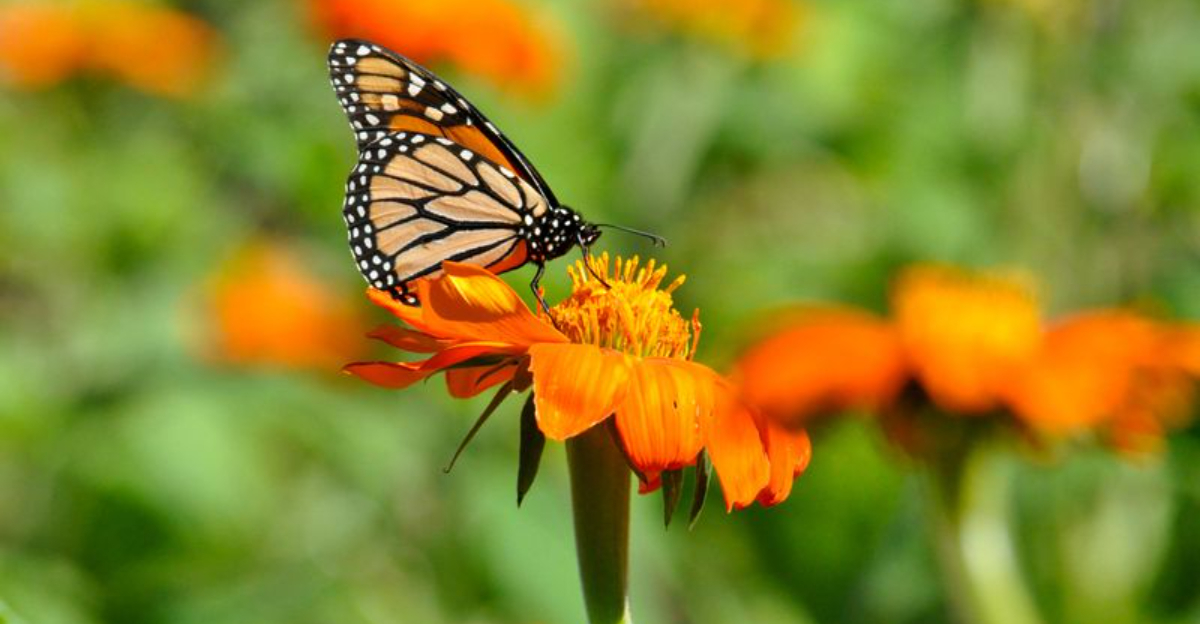
Remember chasing colorful butterflies through summer meadows as a kid? Many people have noticed these magical insects becoming rarer in their gardens and parks.
The disappearance isn’t just in your imagination – butterfly populations really are shrinking worldwide.
Understanding why these important pollinators are vanishing helps us learn how we might bring them back.
1. Habitat Loss Hits Hard

Fields of wildflowers once dotted landscapes everywhere, providing perfect butterfly homes. Now, these spaces are rapidly being converted into shopping centers, housing developments, and farms.
Urban sprawl continues claiming natural areas, leaving butterflies homeless and hungry. When native plants disappear, so do these delicate creatures who depend on specific vegetation.
2. Pesticide Problems Everywhere
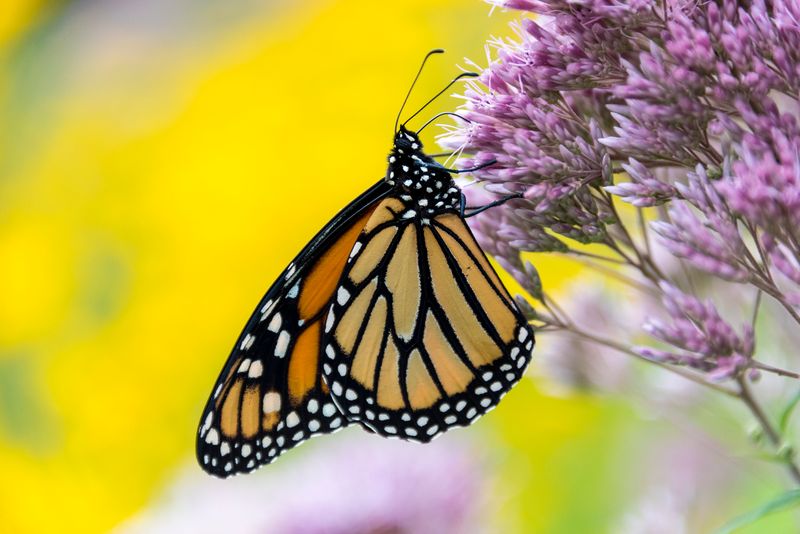
Modern farming methods rely heavily on chemicals that kill not just crop pests but beneficial insects too. These powerful pesticides contaminate nectar sources and kill caterpillars before they become butterflies.
Even home gardeners unknowingly contribute by using bug sprays on flowers. The chemicals can remain toxic for weeks, creating invisible death zones for visiting butterflies.
3. Climate Change Creates Chaos
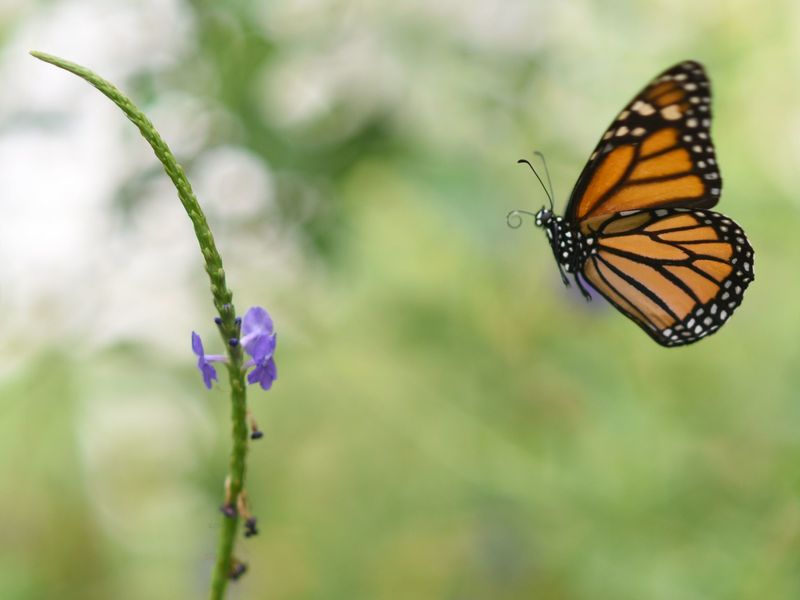
Warmer temperatures mess with butterfly life cycles in surprising ways. When spring arrives earlier, butterflies might emerge before their food plants bloom, leading to starvation.
Extreme weather events like droughts, floods, and unseasonal frosts unalive butterflies at all life stages. Climate change also allows certain butterfly diseases and parasites to spread into new regions.
4. Light Pollution Disrupts Navigation

Artificial lighting has exploded in recent decades, creating a nighttime environment butterflies never evolved to handle. Many species use moonlight for navigation during migration or mating flights.
Bright streetlights and building illumination confuse butterflies, causing them to waste precious energy flying in circles. Some species are so disoriented they stop reproducing altogether near lit areas.
5. Milkweed Shortage Threatens Monarchs
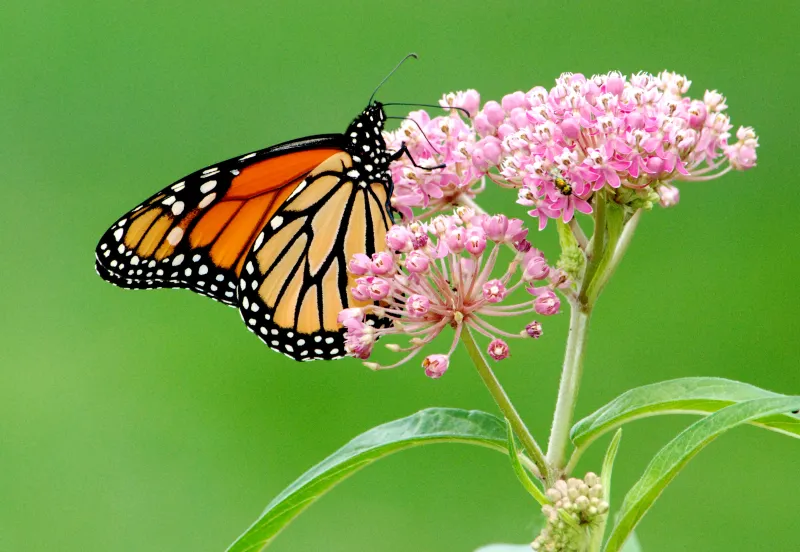
Monarch butterflies face a special crisis – they can only lay eggs on milkweed plants. Modern farming practices and herbicide use have eliminated about 80% of milkweed from their migration corridor.
Without this crucial plant, monarch caterpillars starve. The dramatic decline of this once-common butterfly serves as a warning sign for all butterfly species facing specialized habitat loss.
6. Road Networks Create Fatal Barriers

Highways slice through butterfly territories, creating impassable danger zones. Many butterflies won’t cross wide roads, effectively trapping populations in shrinking habitat islands.
Those that attempt crossing often become windshield casualties. Road networks also bring pollution, noise, and vibration that disturb butterfly breeding and feeding behaviors in nearby areas.
7. Non-Native Plants Provide Empty Promises
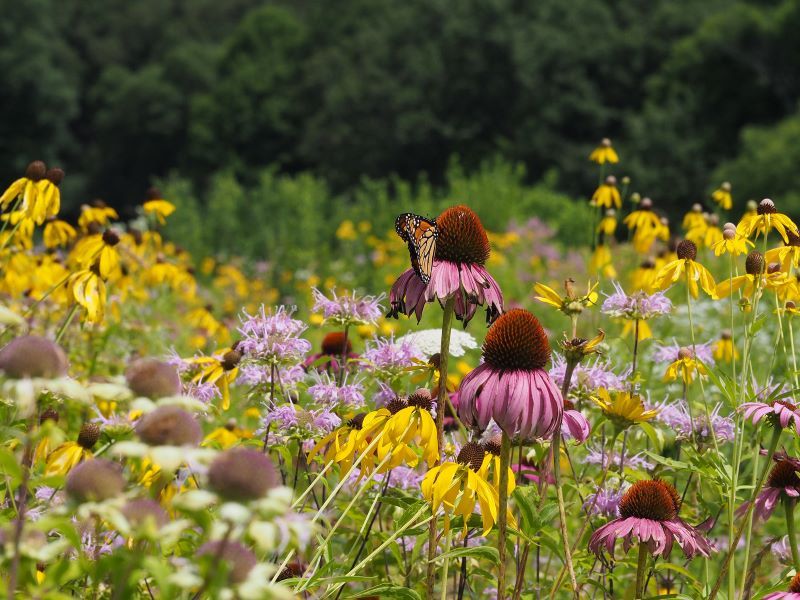
Garden centers overflow with pretty exotic flowers that offer little nutritional value to native butterflies. Many butterfly species evolved alongside specific native plants and can’t use foreign substitutes.
Caterpillars often starve surrounded by ornamental plants they can’t eat. Even butterfly-friendly gardens filled with non-native nectar plants fail if they don’t include native host plants for egg-laying.
8. Childhood Nature Time Decreasing

Kids today spend far less time outdoors than previous generations did. When children stay inside glued to screens, they simply notice fewer butterflies.
This perception gap matters because we protect what we love. Without forming childhood connections to butterflies, today’s kids may not fight to save them tomorrow. Less outdoor time also means fewer citizen scientists monitoring butterfly populations.
9. Invasive Species Crowd Out Natives
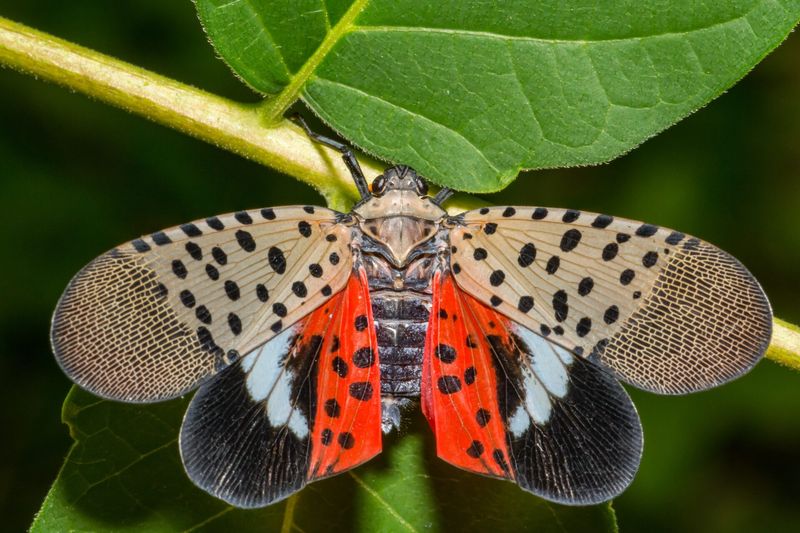
Aggressive foreign plants and animals introduced by humans wreak havoc on butterfly ecosystems. Invasive plants outcompete native wildflowers butterflies depend on for food and egg-laying.
Non-native parasites and predators attack butterflies with no natural defenses against them. Once these invasives establish, they’re extremely difficult to remove, creating permanent butterfly population damage.
10. Cleaner Farming Eliminates Weedy Edges
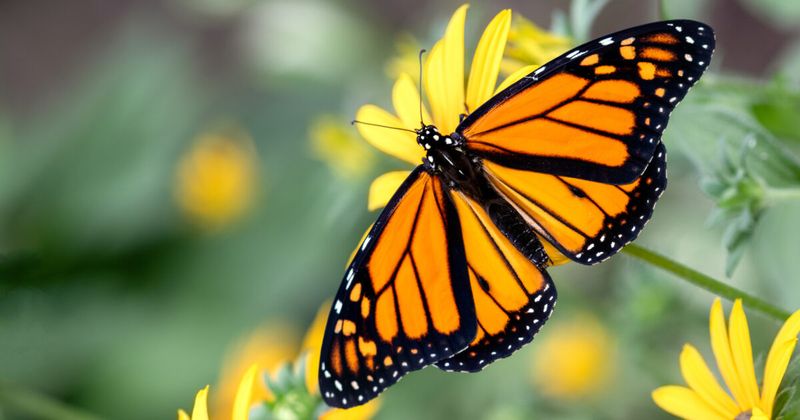
Modern agriculture prizes perfectly manicured fields without messy edges. The weedy margins and hedgerows once common around farms provided crucial butterfly habitat.
Today’s efficient farming practices leave no room for these untidy but biodiversity-rich zones. Even small field borders could support butterfly populations if farmers were incentivized to maintain them.
11. Shifting Baseline Syndrome Clouds Perception
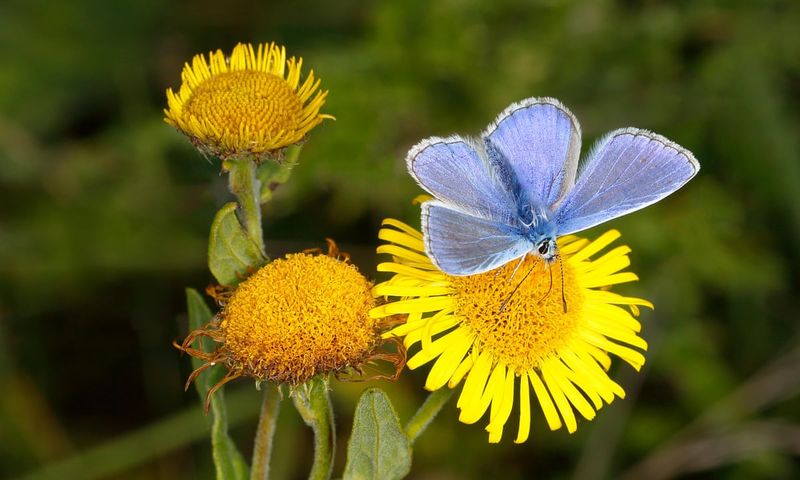
Each generation accepts the natural environment they grew up with as normal. Your grandparents likely saw more butterflies than your parents, who saw more than you.
This gradual acceptance of diminished nature makes it harder to recognize the true scale of butterfly decline. Historical records show butterfly populations have plummeted by 50-80% in many regions over just the past 50 years.
12. Overwintering Sites Under Threat
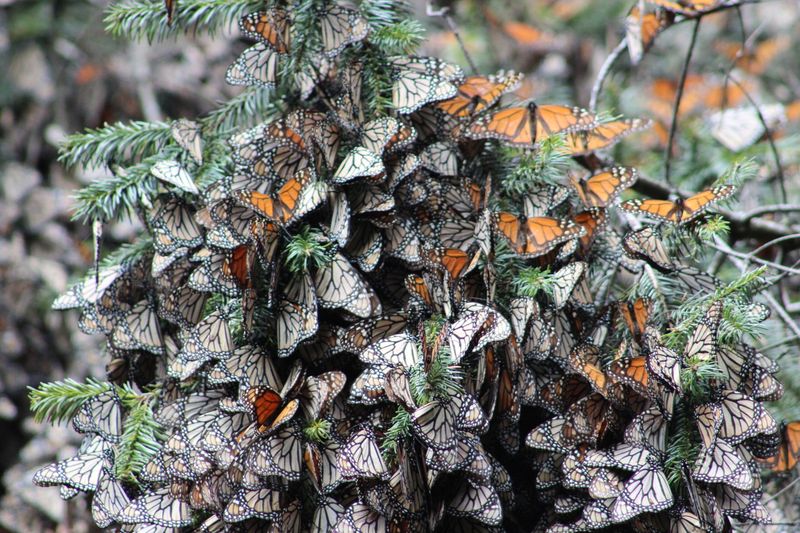
Many butterfly species gather in specific locations during winter months. These crucial sites face destruction from development, logging, and climate change.
Famous monarch butterfly sanctuaries in Mexico lose forest cover yearly to illegal logging. Without safe places to overwinter, entire butterfly populations can collapse after a single bad season.
13. Hope Through Butterfly-Friendly Actions
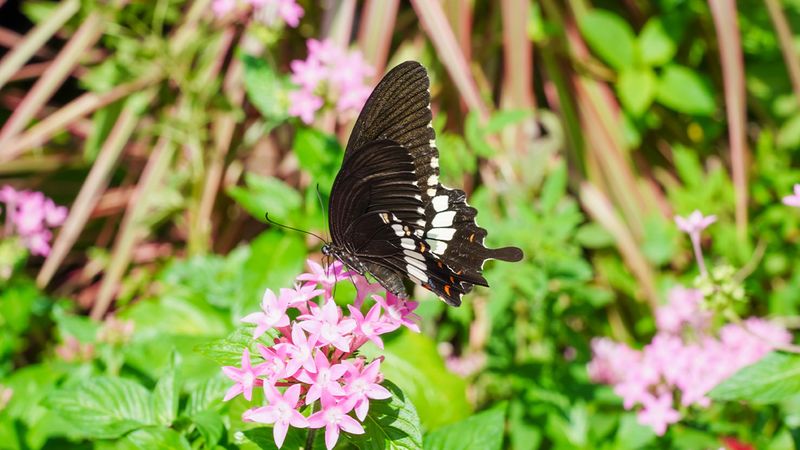
Despite declining numbers, butterfly conservation efforts show promising results. Community butterfly gardens, roadside wildflower plantings, and backyard habitat projects create butterfly highways through urban areas.
Citizen science programs help track populations while connecting people to nature. Even small actions like planting milkweed, reducing pesticide use, or supporting conservation organizations make real differences for butterfly survival.

